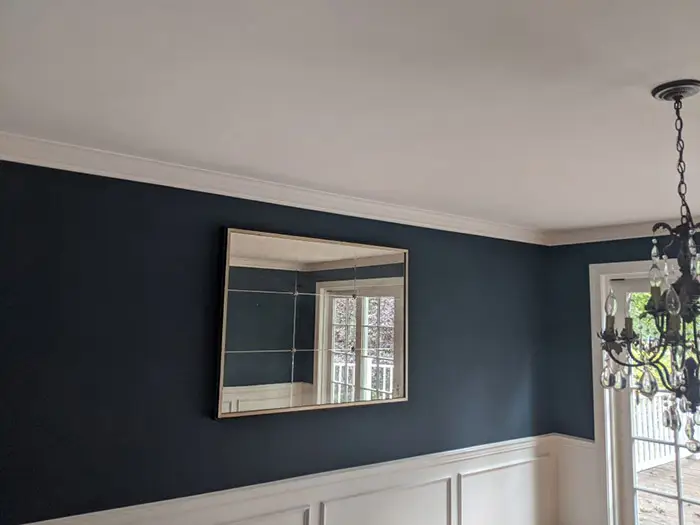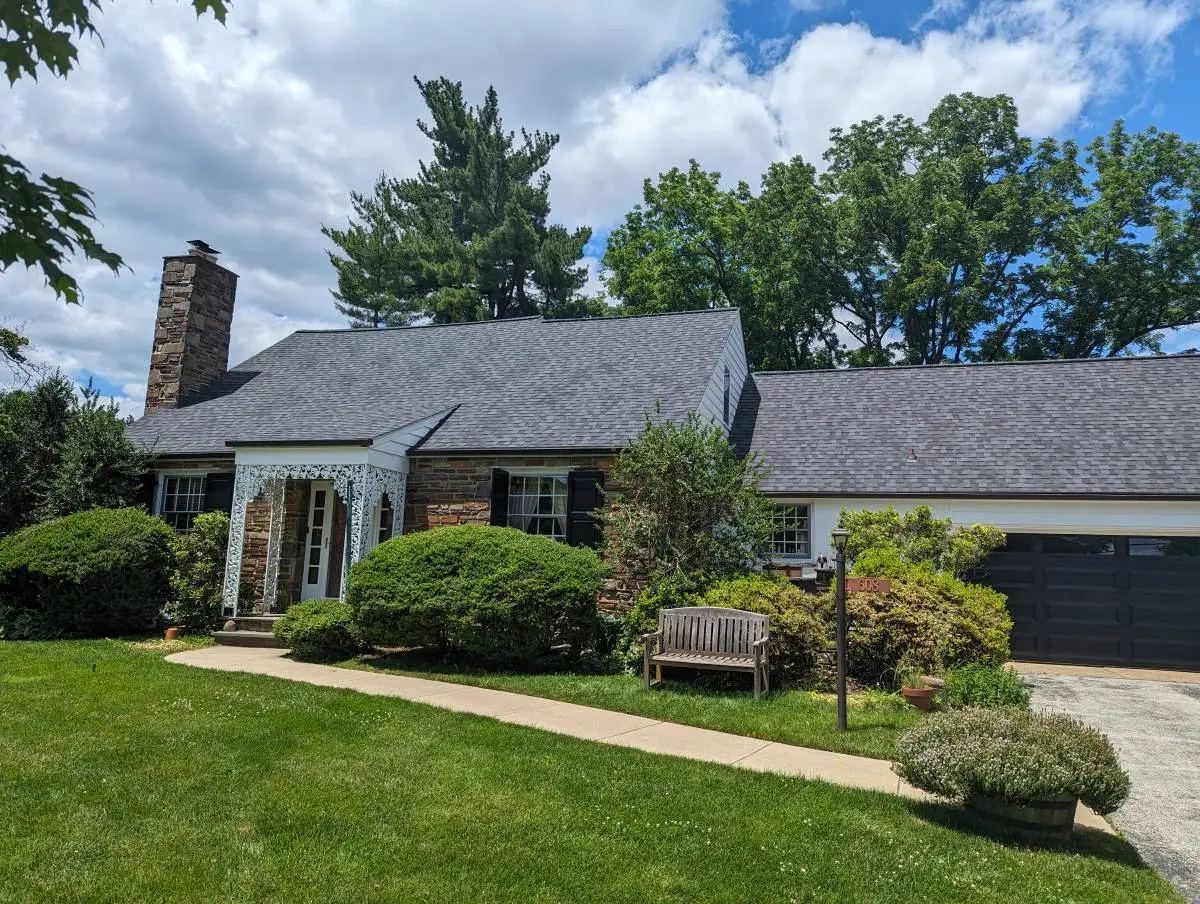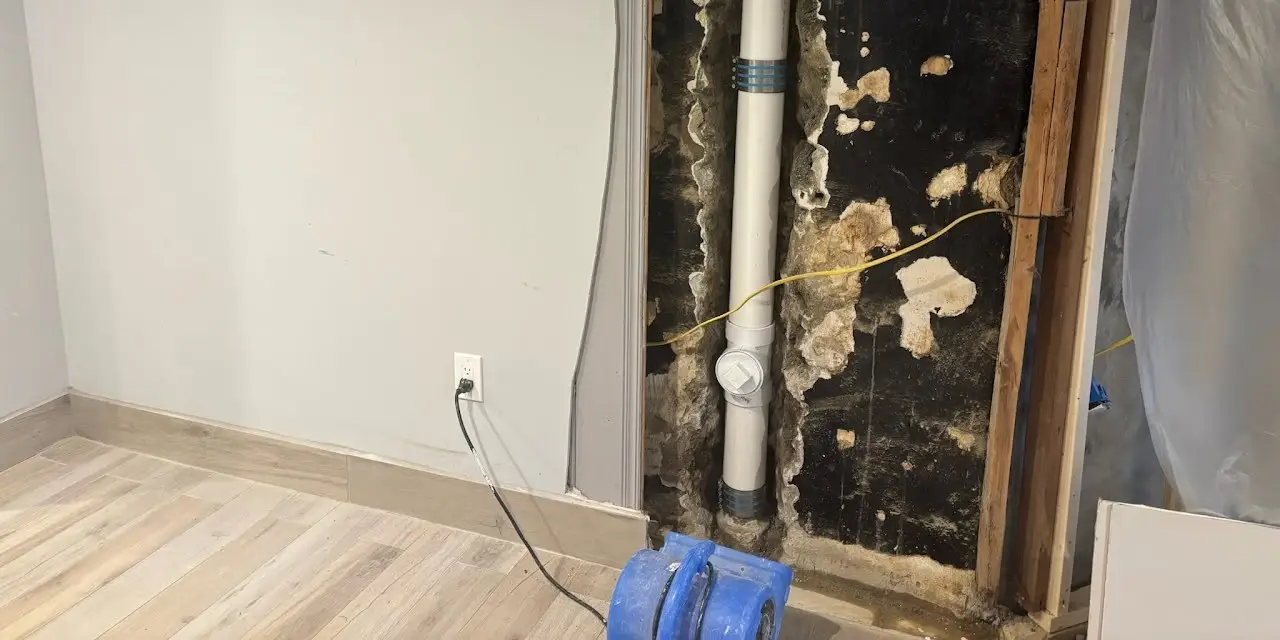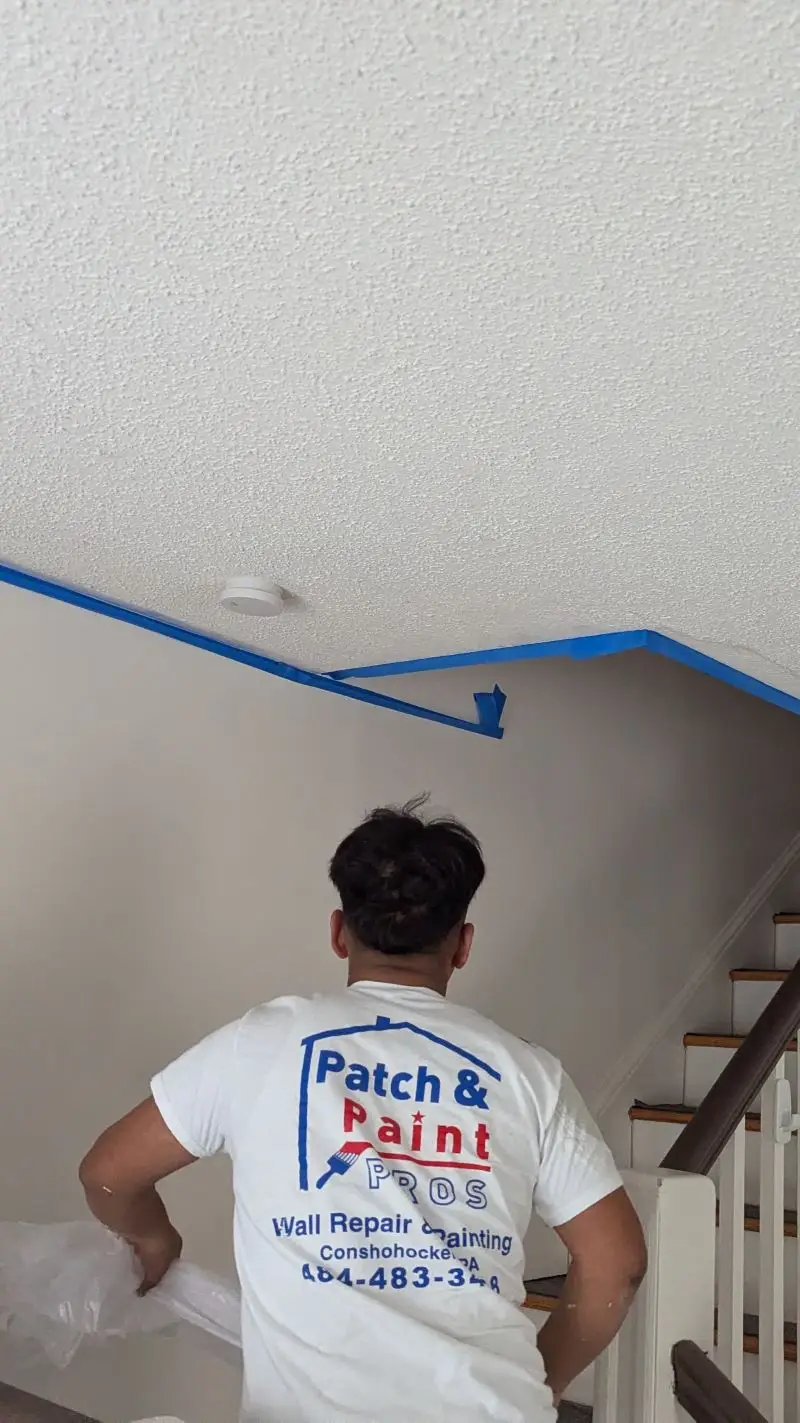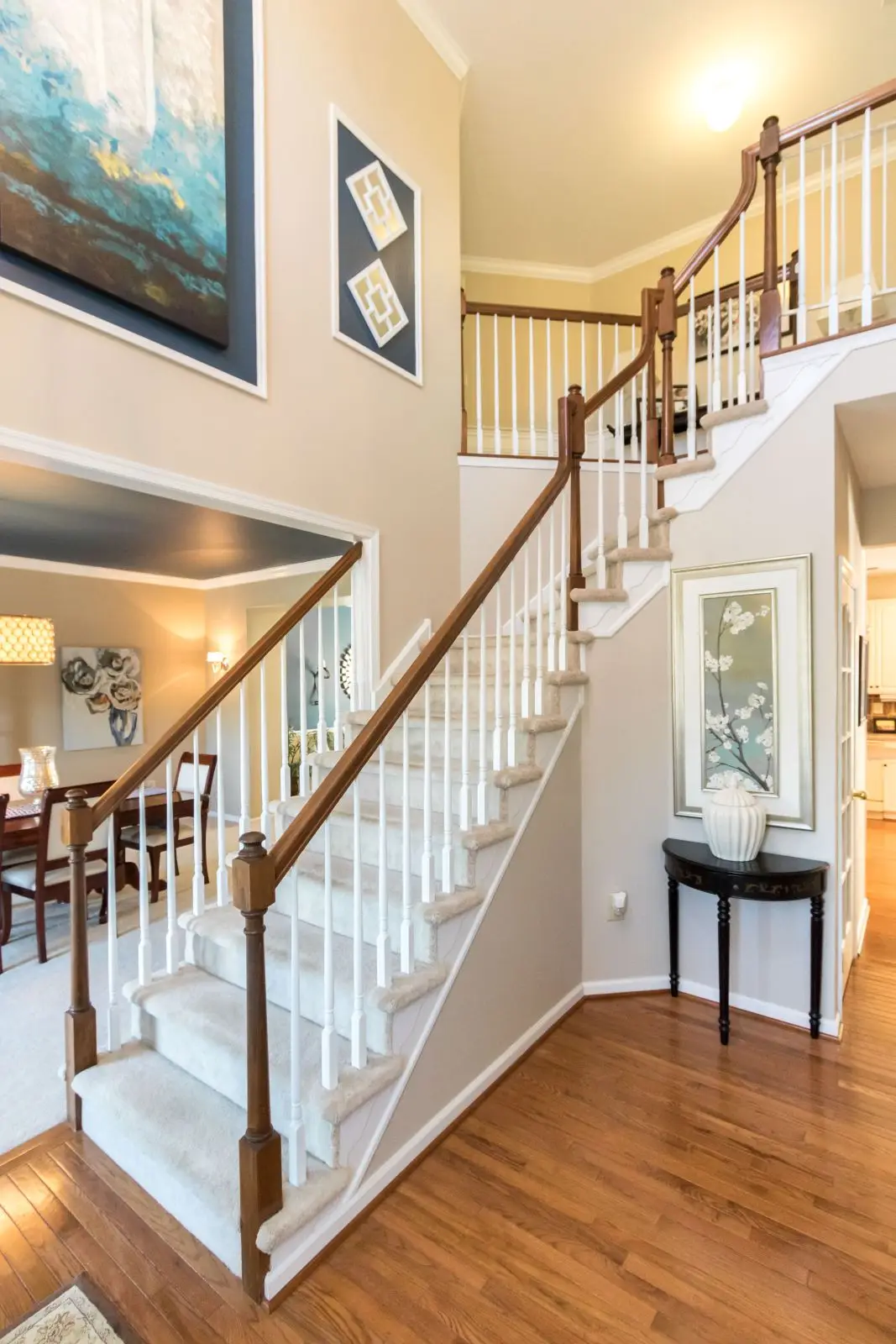If you’re looking for a way to enhance the look of your walls without breaking the bank, drywall texture is a great option. This technique can add depth and interest to any space, and there are many different styles to choose from.
In this article, we’ll dive into the world of drywall texture, exploring the various textures available and the methods used to create them. We’ll also take a look at some of the latest trends in drywall texture styles. Whether you’re a seasoned pro or a newbie in the world of drywall services, you’re sure to find some helpful tips and inspiration here.
Types Of Drywall Texture
Drywall texture is a great way to add visual interest and soundproofing to any room. There are many different types of drywall textures, including:
- Orange peel
- Knockdown
- Sand swirl
- Splatter coat
- Skip trowel
- Stipple
Textured wallpaper can also be used on walls for an added layer of depth and design. For those looking to repair certain areas of their wall or ceiling, the acoustic texture may be a perfect choice. Acoustic texture helps control noise reverberation in space by creating absorptive surfaces, making it ideal for busy homes with lots of foot traffic and conversations.
No matter which type of drywall texture you decide on, there are tools and materials needed when completing this project.
Tools And Materials Needed
Though there is a wide variety of drywall textures available, the tools needed to achieve the desired texture are relatively similar. To get started, you’ll need some basic materials like joint compound, textured rollers, and taping knives. Additionally, depending on your project, you may also want to stock up on spray texture or additional drywall compounds for special finishes.
Here’s a breakdown of what you’ll need:
- Joint Compound – Used as an adhesive when applying tape and other materials to walls or ceilings.
- Textured Rollers – Available in different sizes and styles to create unique wall textures from light splatters to heavy swirls.
- Taping Knives – A must-have tool for any drywall job; this will help with spreading and smoothing out joint compounds between sheets of drywall.
- Spray Texture – This can be used in place of traditional hand-applied techniques for larger jobs that require even coverage across large areas quickly.
No matter which type of finish you’re going after, having the right tools on hand will make all the difference. With these items in your arsenal, you’re ready to explore popular drywall texture techniques!
Popular Drywall Texture Techniques
One of the most popular drywall texture techniques is the knockdown technique. This method involves applying a thick layer of joint compound to the wall, then using a wide blade tool to spread out and flatten it until you have achieved a mottled or stippled look. It’s great for covering up blemishes or mistakes on walls that have already been textured, as well as providing an aged-looking finish.
Another common type of texture is skip trowel, which gives a more rustic appearance. To create this effect, multiple thin layers of joint compound are applied with a hawk and trowel in uneven strokes across the surface.
Finally, the combing pattern is another way to add interest and dimension to walls without making them too busy. The process requires dragging a stiff brush through a wet joint compound in long lines, leaving behind distinctive ridges that can be used to draw attention to architectural details like doorways or windowsills.
The latest trends in drywall textures include creating unique designs such as circles, stripes, ovals, diamonds, and other shapes by layering different colors of paint over top previously-applied finishes like knockdown or skip trowels. Specialty tools like stamps and rollers are also becoming increasingly popular among DIYers looking for new ways to spruce up their homes while still keeping costs low.
Latest Trends In Drywall Texture
Painting your walls is one way to instantly change the look of a room, but it can be hard to make an impact without adding texture. Textured drywall has become increasingly popular in recent years thanks to its ability to create diverse modern finishes and decorative accents.
Wallpaper with textured designs can help bring life into any space, giving it a unique personality that traditional painting alone cannot achieve. From knockdown textures to orange peel patterns, there are plenty of ways for homeowners to add texture to their walls.
The latest trends in drywall texture continue to focus on subtlety: soft stippling, suede plastering, ribbed textures, and other techniques designed specifically for creating visual interest without overpowering the interior design scheme. With careful application, these subdued textures can give any room a professional-looking finish worthy of magazine covers or art galleries.
Crafting eye-catching effects doesn’t have to require expensive materials or artistic skill – just some imagination and creativity!
Tips For Applying Texture To Your Walls
Applying texture to your walls can be a great way of adding interest and style to any room. There are several different types of drywall textures you can create, each with its own unique look. Whether you want to achieve a classic textured finish or more creative patterns such as swirls, sponges, and even faux finishes like stone or wood grain, there’s an option for everyone.
Before beginning the project, it’s important that you read up on the techniques available (especially if you’re unfamiliar) so that you don’t end up wasting time or materials. You’ll also need to make sure you have all the necessary supplies on hand – including trowels, spray bottles, and paint trays – before starting your job.
With some patience and practice, applying texture to your walls is a fun DIY project that will give your space an updated feel in no time!
Final Thoughts
In conclusion, drywall texture is a great way to add character and depth to your walls. From the classic knockdown or splatter techniques to newer trends like stippling and sponging, there are plenty of options for homeowners looking to make a statement with their interior design.
When done properly, texturing can bring out the beauty in any room – regardless of size or shape. For example, I recently worked on a project where we used a combination of knockdown and swirl textures to completely transform an outdated living space into something extraordinary.
The homeowner was absolutely amazed at how dynamic yet subtle this look turned out – it really encapsulated her vision perfectly! It goes to show that adding texture can be an excellent option if you’re looking to give your home some extra flair without going over the top.

